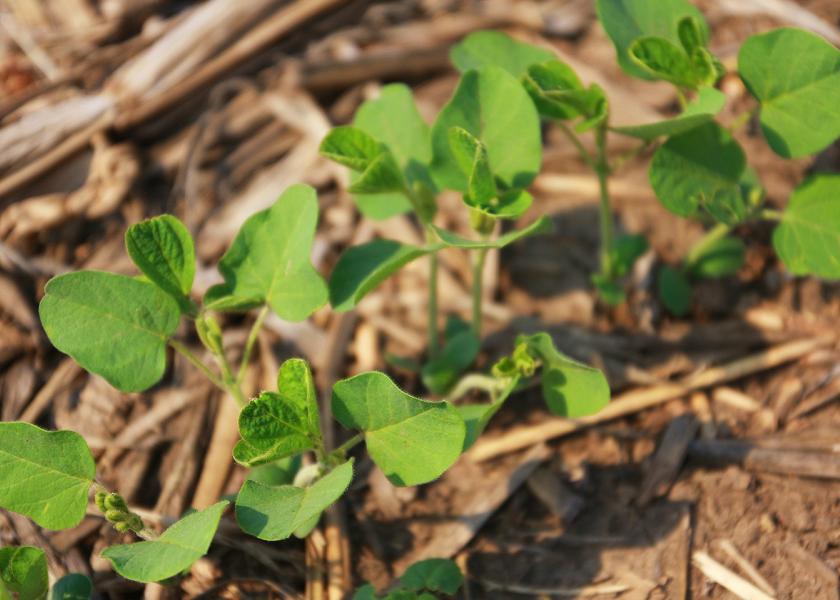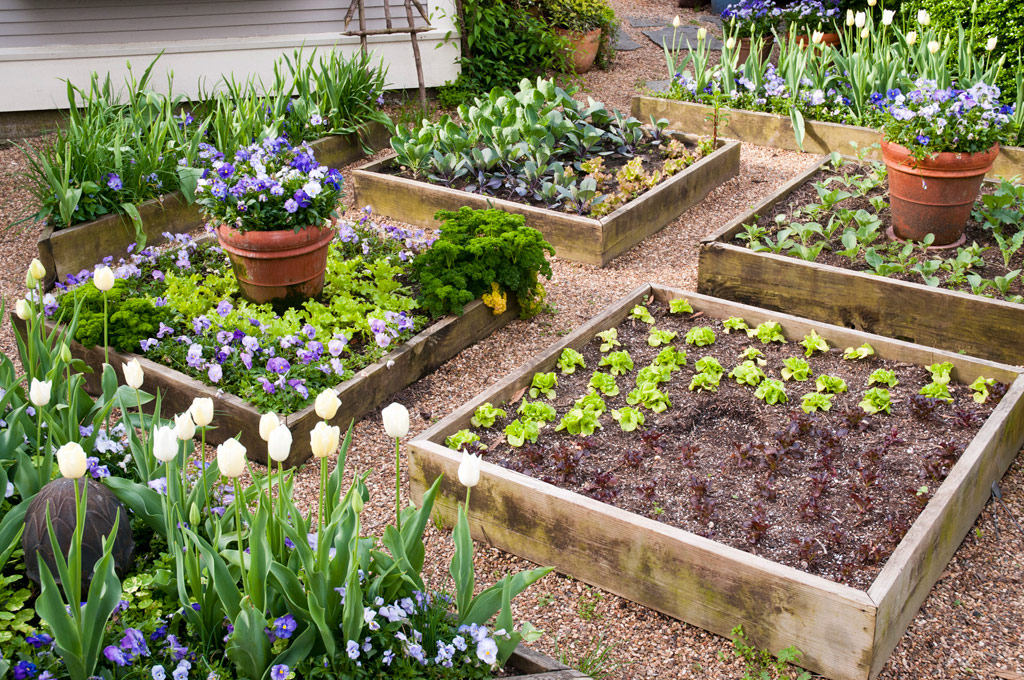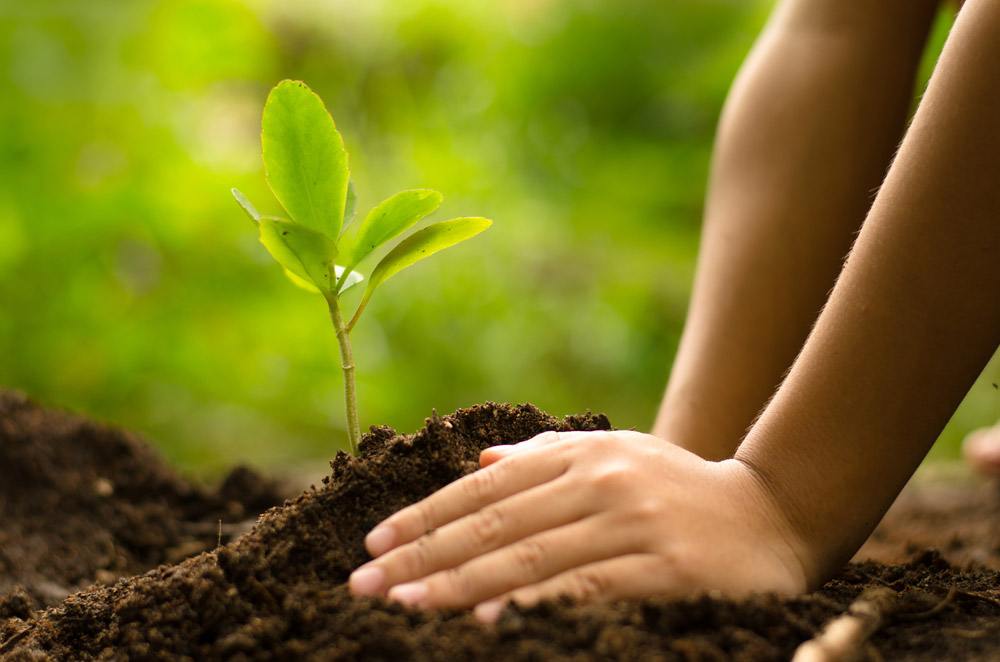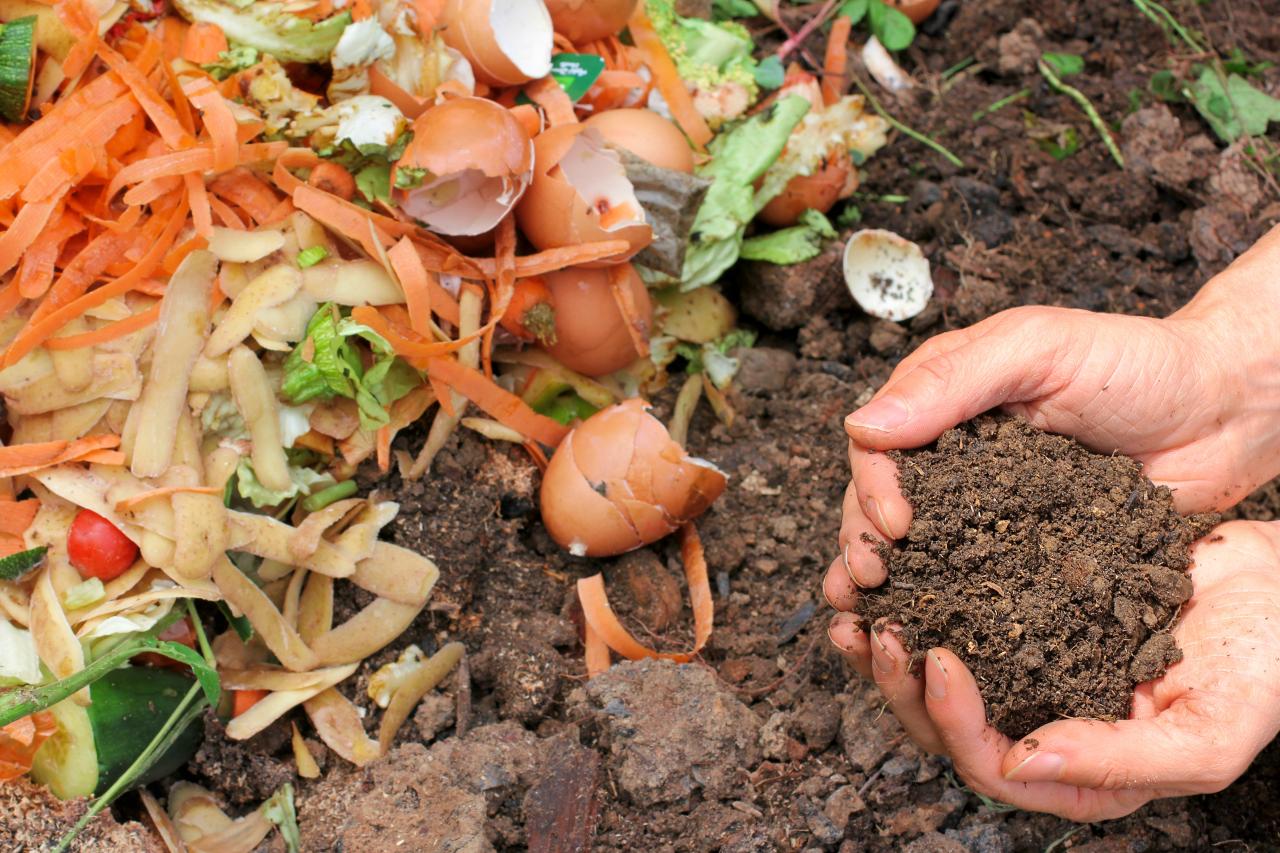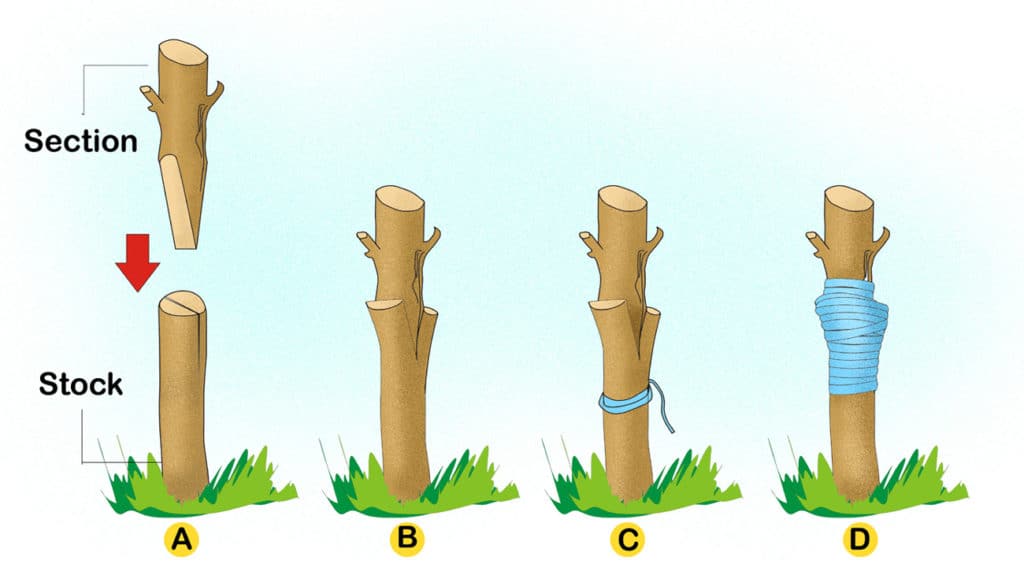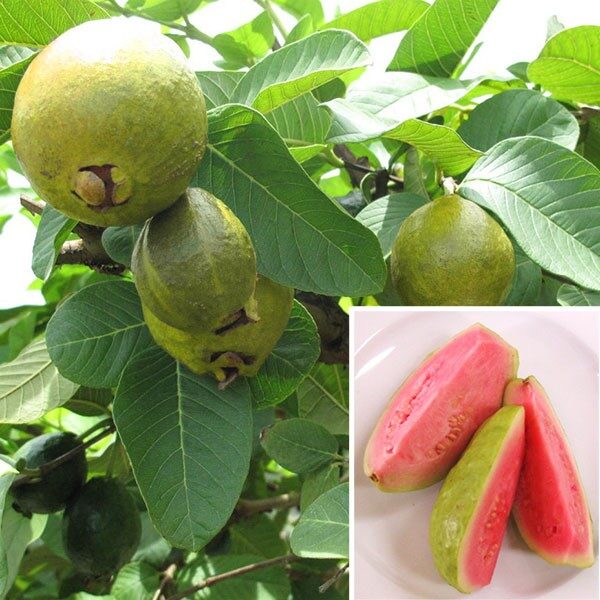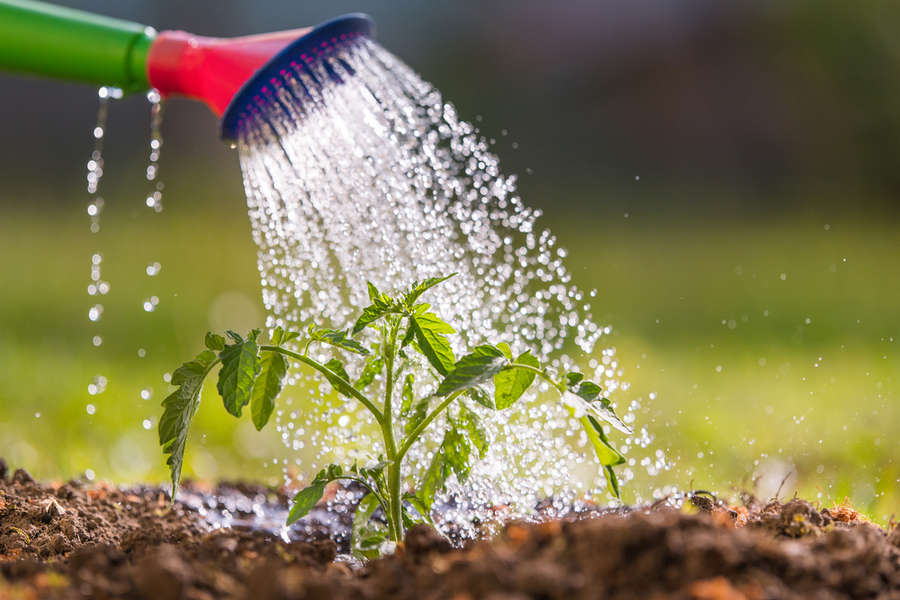आज हम आपको एक ऐसी जानकारी बताने वाले हैं जिसके बारे में बहुत कम लोग जानते हैं कि किस महीने में कौन – सी सब्जियों के बीज लगाने होते हैं। अक्सर लोग यही गलती करते हैं कि गलत समय पर गलत सब्जियों के बीज बो देते हैं और बीज उगता नहीं है। अगर वही बीज सही समय पर बोया जाये तो उस बीज से निकलने वाला पौधा आपको पौष्टिक सब्जियाँ दे सकता है। तो आईये जानते हैं कि किस महीने में कौन – कौन सी सब्जियों के बीज लगाने चाहिए।
-
 test productSale!
test productSale!Rs.10.00Rs.1.00 -
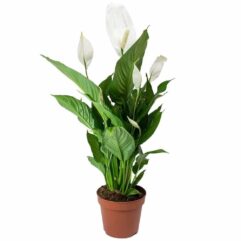 Spathiphyllum or spath or peace lilies Live PlantSale!
Spathiphyllum or spath or peace lilies Live PlantSale!Rs.1,000.00Rs.850.00 -
 Thai all season grafted mango plant for pot and gardenSale!
Thai all season grafted mango plant for pot and gardenSale!Rs.2,250.00Rs.1,750.00
जनवरी माह में :- आप जनवरी माह में बैंगन, मिर्च, मूली, तरबूज, खरबूज, फ्रेंचबीन, गाजर, भिंडी और करेला के बीज लगा सकते हैं। जनवरी माह का मौसम इन बीजों के लिए अनुकूल होता है।
फरवरी माह में :- आप फरवरी माह में पत्तागोभी, बैंगन, मिर्च, टमाटर, मूली, लौकी, कद्दू, करेला, खीरा, खरबूज और ककड़ी के बीज लगा सकते हैं। फरवरी माह का मौसम इन बीजों के लिए अनुकूल होता है।
मार्च माह में :- आप मार्च माह में भिंडी, लौकी, कद्दू, करेला, खरबूज, मूली, तोरई, प्याज, ककड़ी, लोबिया और शलजम के बीज लगा सकते हैं।
अप्रैल माह में :- अप्रैल माह में आप मूली, अदरक, टमाटर, भिंडी, ककड़ी और खीरा के बीज लगा सकते हैं।
मई माह में :- मई के महीने में आप बैंगन, चौलाई, ककड़ी, लौकी, शिमला मिर्च और करेला के बीज लगा सकते हैं।
जून माह में :- आप जून माह में मेथी, टमाटर, बैंगन, मिर्च, भिंडी, हल्दी, अदरक, लौकी, कद्दू, करेला, तरबूज, तोरई और पत्तागोभी के बीज लगा सकते हैं।
जुलाई माह में :- जुलाई के महीने में आप टमाटर, मिर्च, पत्तागोभी, भिंडी, हल्दी, लौकी, कद्दू, करेला, तरबूज और तोरई के बीजों को लगाना उचित रहता है।
अगस्त माह में :- अगस्त माह का समय मूली, गाजर, आलू, मटर, लौकी, प्याज, सेम, बरबट्टी और धनिया के लिए सही होता है।
सितम्बर माह में :- सितम्बर का महीना मिर्च, फूल गोभी, पत्ता गोभी, लहसून, मूली, आलू और गाजर आदि के बीजों को उगाने के लिए अच्छा माना जाता है।
अक्टूबर माह में :- टमाटर, बैंगन, मिर्च, फूलगोभी, प्याज, लहसुन, मूली, धनिया, मेथी और सौंफ के बीजों को अक्टूबर के महीने में लगाना चाहिए।
नवम्बर माह में :- नवम्बर के महीने में टमाटर, बैंगन, पत्तागोभी, प्याज, मूली, गाजर, धनिया, जीरा और मेथी के बीज लगाना उचित माना जाता है।
दिसम्बर माह में :- आलू, तरबूज, खरबूज, शिमला मिर्च, मटर, गाजर, भिंडी और पालक के बीज दिसम्बर महीने में ही लगाना चाहिए।
-
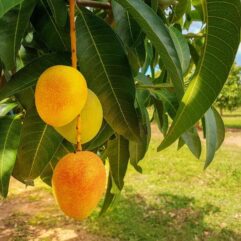 Alphanso Mango grafted plant – alphanso aam ka kalmi podhaSale!
Alphanso Mango grafted plant – alphanso aam ka kalmi podhaSale!Rs.1,800.00Rs.1,249.00 -
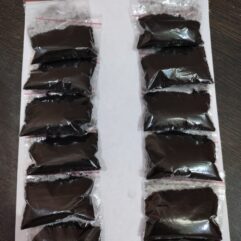 Organic BOM all purpose Plant Growth Booster – 120 gram ( 12 pouch of 10 gram )Sale!
Organic BOM all purpose Plant Growth Booster – 120 gram ( 12 pouch of 10 gram )Sale!Rs.499.00Rs.365.00 -
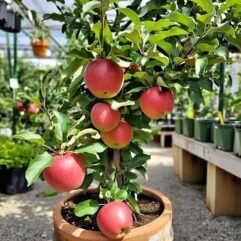 Hariman 99 apple plant – Summer Zone AppleSale!
Hariman 99 apple plant – Summer Zone AppleSale!Rs.3,200.00Rs.1,250.00

:max_bytes(150000):strip_icc()/grow-mango-seeds-1902625-05-73d31c720a0947cea796163d4d113869.jpg)




:max_bytes(150000):strip_icc()/106422160ps-56a34a533df78cf7727cba2b.jpg)
